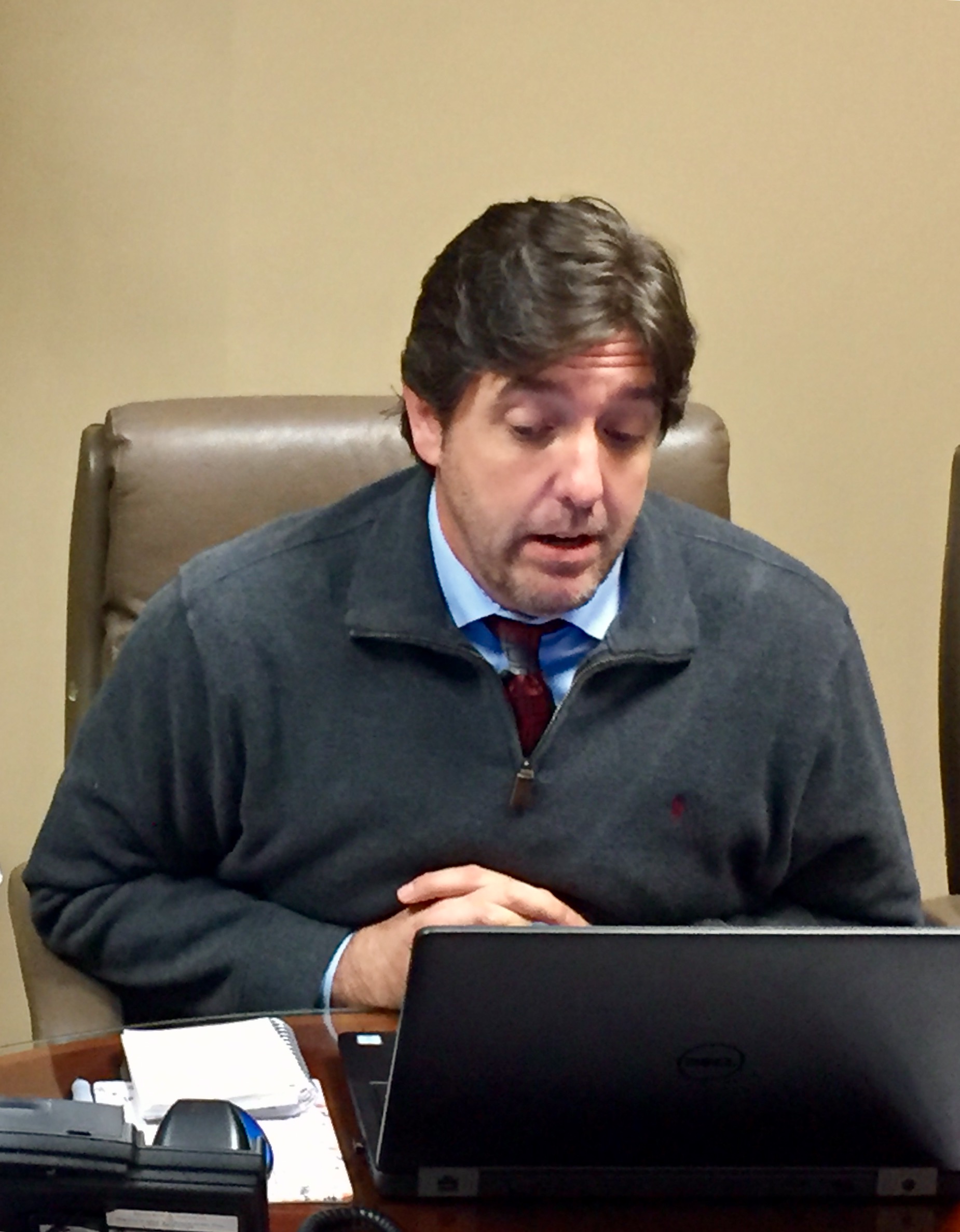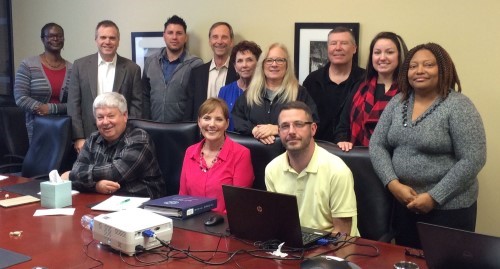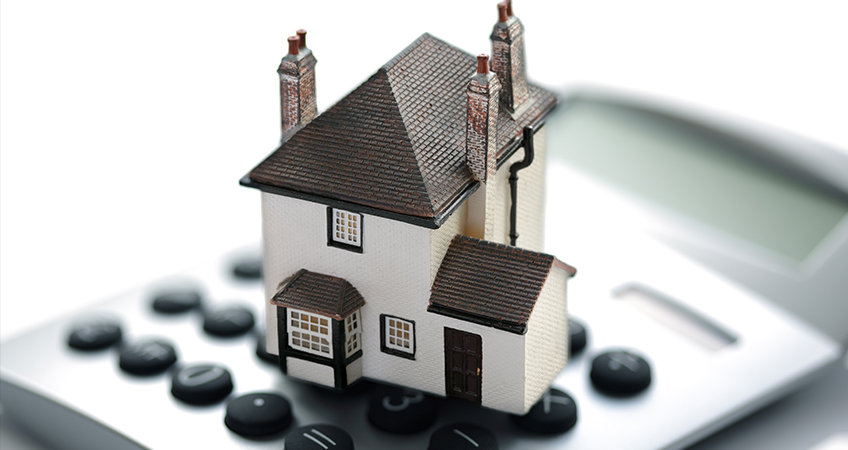
FIRST NEWS | Monthly E-Newsletter
January 26, 2017
FIRST NEWS | Monthly E-Newsletter
February 26, 2017Q: When closing a sale or refinance transaction for clients who have a HARP loan in addition to their primary mortgage, is the payoff statement for the HARP loan included in the payoff statement received by the primary lender?
A: No. HARP is a federal lending program established in March of 2009. In a nutshell, HARP loans are intended to assist distressed homeowners who are behind on their primary mortgage by providing federal funds used to bring their primary mortgage current and in good standing. Recently we have seen several occurrences of escrow officers assuming that the payoff statement for the primary mortgage included the balance due for the HARP loan, only to have HUD notify the new insured owner post-closing with a letter stating that the amount due to HUD went unpaid. Unfortunately for escrow officers, the documentation used to secure a HARP loan may cloud the process of obtaining a payoff. HARP loans are secured by filing a modification of the first mortgage and/or a second deed of trust. The modification and deed of trust often reflect the same loan number (and where applicable, MERS account) as the primary mortgage effectively making it appear that only a single payoff is needed from the primary lender (or its servicer). However, HUD remains the entity payable at closing with respect to the loan amounts extended under the HARP program. When closing on a sale or refinance wherein the existing lien of record has been modified by due to a HARP loan, escrow officers should be seeking two payoff statements—one payoff statement from the primary lender (or servicer) and a second payoff statement from HUD.




